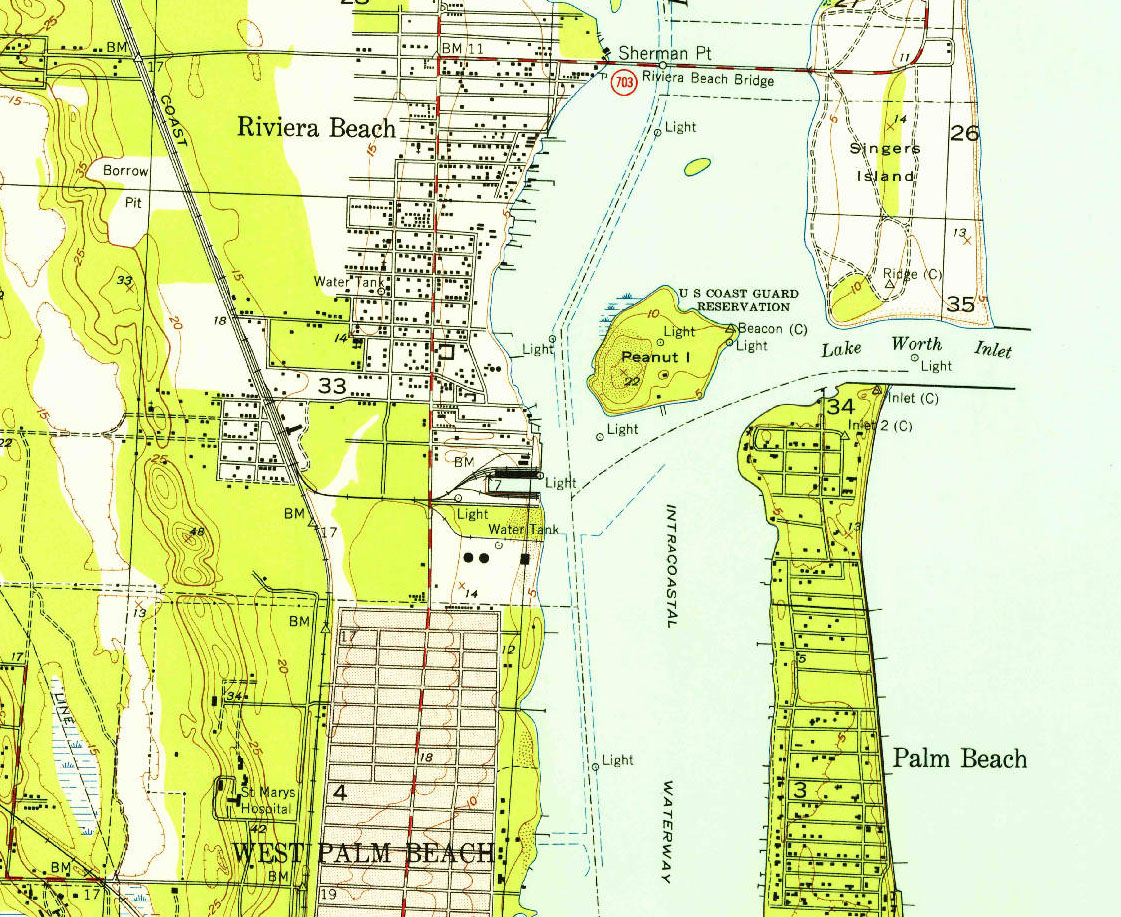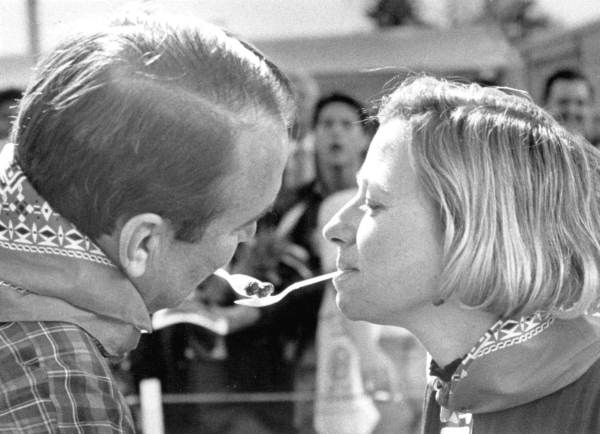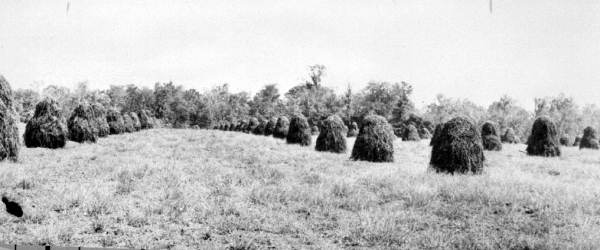Description of previous item
Description of next item
Goober Peas
Published August 8, 2018 by Florida Memory
Peanuts are a tasty Florida treat, whether you prefer them boiled, roasted, or as creamy peanut butter. These tiny legumes have been with us for a long time, and a look into their history reveals lots of surprises.
Surprise #1: Peanuts aren’t nuts, at least not technically. Although the familiar peanut species (Arachis hypogaea) has a shell just like other “nuts,” it actually belongs to the same family of plants as garden peas and beans. That’s why you’ll often see peanuts referred to as “goober peas.” The “goober” part originates from an African word for the plant, nguba.
Archaeological evidence suggests the peanut originated in South America before European explorers carried it to other parts of the globe, including the British North American colonies. Virginia farmers cultivated multiple varieties of the plant as early as the 1780s.
During the Civil War, soldiers became familiar with the peanut as a tasty treat while marching across Virginia, and many veterans brought it back to their home states and experimented with crops of their own. The humble peanut even became the subject of one of the war’s most iconic songs, titled “Goober Peas.” Here’s a recording of that song from the Florida Folk Festival, as well as the lyrics to the first verse:
Sittin’ by the roadside on a summer’s day, chatting with my best mates passing time away,
Lying in the shadows underneath the trees, Goodness how delicious, eating goober peas!
Peas! Peas! Peas! Peas! Eatin’ goober peas! Goodness how delicious, eatin’ goober peas!
At first, Florida farmers only grew large crops of peanuts for animal feed and hay, with a small portion of the produce going for roasting or sweet treats like peanut butter and peanut brittle. In the early 20th century, however, two factors emerged that convinced planters of the peanut’s value for other uses.
The first was the widespread devastation to Southern cotton crops caused by the boll weevil. Cotton was valuable for both the fluffy stuff that went into making textiles and the oil that could be pressed from the seeds. When boll weevil infestations began threatening the source of cotton seeds for making oil, the U.S. Department of Agriculture began recommending peanuts as an alternative crop. Like cotton seeds, peanuts express an oil when pressed, which can be used in both lubricants and food-grade salad oils and shortening. Planters hoped peanut oil might keep the oil presses of the South going if the supply of cotton seeds should fail completely.
World War I was a factor as well, causing a jump in the demand for edible oils. As the price of peanut oil began to creep upward, the Pensacola News Journal declared that peanut oil was just as certain a source of wealth as petroleum!
The boom in peanut oil prices leveled off after World War I, but a few companies stayed in the game into the 1920s. Brown & Company of Portland, Maine, for example, bought up 64,000 acres of land in the Everglades and tried to establish a processing plant on an island in the middle of Lake Worth in Palm Beach County. The plant didn’t work out so well, but the island is still known as Peanut Island today!

Excerpt of a topographical map showing Peanut Island in the middle of Lake Worth just north of Palm Beach and West Palm Beach. Map courtesy of the US Geological Survey (1946). Click or tap the map to enlarge it.
While the market price for peanuts may shift from time to time, Floridians seem to have always appreciated their value for entertainment. Newspaper reports from the early 20th century often mention party games involving the tiny legumes. In 1905, for example, young Ethel Crosby of Ocala gave a “peanut party” for her little friends, with all of the festivities involving peanuts in some way. There was a peanut hunt, much like an Easter egg hunt, as well as a “peanut walk,” which required the children to carry as many peanuts as they dared on the blade of a knife and walk as far as possible without dropping them. The Boy Scouts of Troop 3 in Pensacola held a similar contest in 1911, except in their version the boys had to scoop up the peanuts in a spoon held between their teeth and carry them to a distant bucket.
This particular race has enjoyed some serious staying power. Even in recent years, festivals celebrating and promoting agriculture have featured peanut relays of one form or another, like this one from Agriculture Day in 1986:

Representative Irlo “Bud” Bronson, Democrat from Kissimmee, passes a peanut to Representative Chance Irvine, Republican from Orange Park, as the two work together for the House of Representatives team during an Agriculture Day competition honoring the peanut industry (1986).
Isn’t it funny how the smallest and most common objects can have such complex histories? Share this post on social media and tell us about your favorite historical tidbit!
Cite This Article
Chicago Manual of Style
(17th Edition)Florida Memory. "Goober Peas." Floridiana, 2018. https://www.floridamemory.com/items/show/334335.
MLA
(9th Edition)Florida Memory. "Goober Peas." Floridiana, 2018, https://www.floridamemory.com/items/show/334335. Accessed December 5, 2025.
APA
(7th Edition)Florida Memory. (2018, August 8). Goober Peas. Floridiana. Retrieved from https://www.floridamemory.com/items/show/334335

 Listen: The Assorted Selections Program
Listen: The Assorted Selections Program
